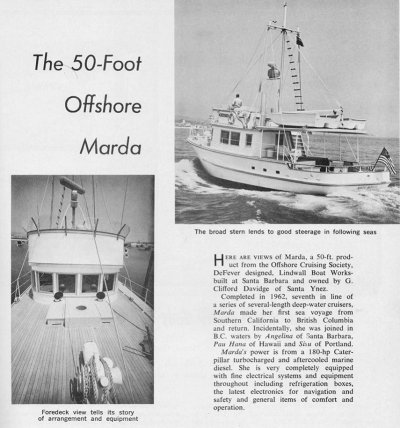DAMN! Am I ever convinced after reading all the posts in this thread!
D, FD, SD, SP FP, P: All acronyms that either carry a D or a P as their base... which means to me... the hull is either D or P. It either is or it ain't one or the other! If it can't plane ever it is a D. If it can plane ever it is a P.
I/we simply LOVE our very stable and pretty quick (whenever desired) Tollycraft P boat!
Happy Boating Daze! - Art
D, FD, SD, SP FP, P: All acronyms that either carry a D or a P as their base... which means to me... the hull is either D or P. It either is or it ain't one or the other! If it can't plane ever it is a D. If it can plane ever it is a P.
I/we simply LOVE our very stable and pretty quick (whenever desired) Tollycraft P boat!

Happy Boating Daze! - Art



 I'm not at all interested in making any sales pitch but I'm happy to try and shed some light on questions of naval architecture.
I'm not at all interested in making any sales pitch but I'm happy to try and shed some light on questions of naval architecture.



